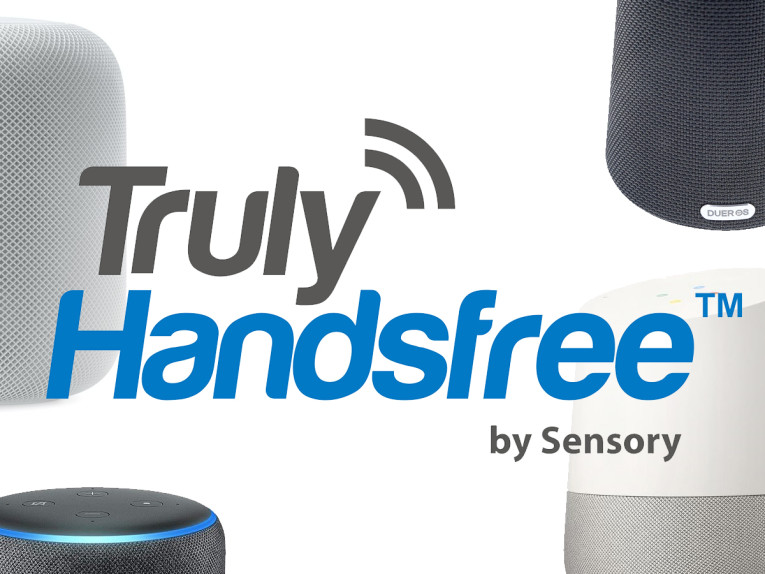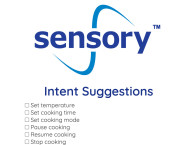
“Multiple simultaneous wake words provide the best option for customers,” Amazon founder and CEO Jeff Bezos said.
“We are lucky to have worked closely with most of the leaders in voice services to help create products with their wake words embedded. Because of this, we already have all of the data in place to combine multiple models,” says Todd Mozer, CEO of Sensory. “However, everyone in the industry has found that combining two or more wake word models into a product poses a significant challenge in maintaining optimal performance. The new capabilities we added to TrulyHandsfree overcomes some of the accuracy challenges without significantly boosting MIPS and memory requirements.”
Sensory has already collected the data and built deep learned models for “Hey Cortana”, “Alexa”, “OK Google”, “Hey Siri”, “Hi Bixby”, “Xiao-du Xiao-du” and over 2 dozen other assistants. These wake words have been approved for market and are already shipping in real products with proven performance and reliability in ultra-low power applications like wearables and mobile phones, to high-performance applications like vehicles, smart speakers and home appliances.
According to Sensory, TrulyHandsfree employs a new technique to enable multiple wake words without linearly increasing the error rates, which has been the main challenge associated with running multiple wake words on one device. "With traditional approaches, adding a new wake word meant the sum of the error rates of each individual wake word, but with TrulyHandsfree the accuracy doesn’t degrade as fast, offering support for more wake words with less false accepts and false rejects. Also, on our roadmap for a 2020 release is multi-wake word adaptation that will allow devices to know who is talking to them and to adapt the voice model to better work with each individual user,” Mozer added.

By appointment only at CES 2020, Sensory will be showcasing TrulyHandsfree supporting multiple wake words for today’s most popular voice assistant platforms. For companies interested in test driving TrulyHandsfree on their products, Sensory offers a free demo app. Contact Sensory for more information.
For over 25 years, Sensory has pioneered and developed machine learning and embedded AI applications, pioneering the concept of always-listening speech recognition more than a decade ago. Sensory’s flexible wake word, small to large vocabulary speech recognition, and natural language understanding technologies are fueling today’s voice revolution.
www.sensory.com






